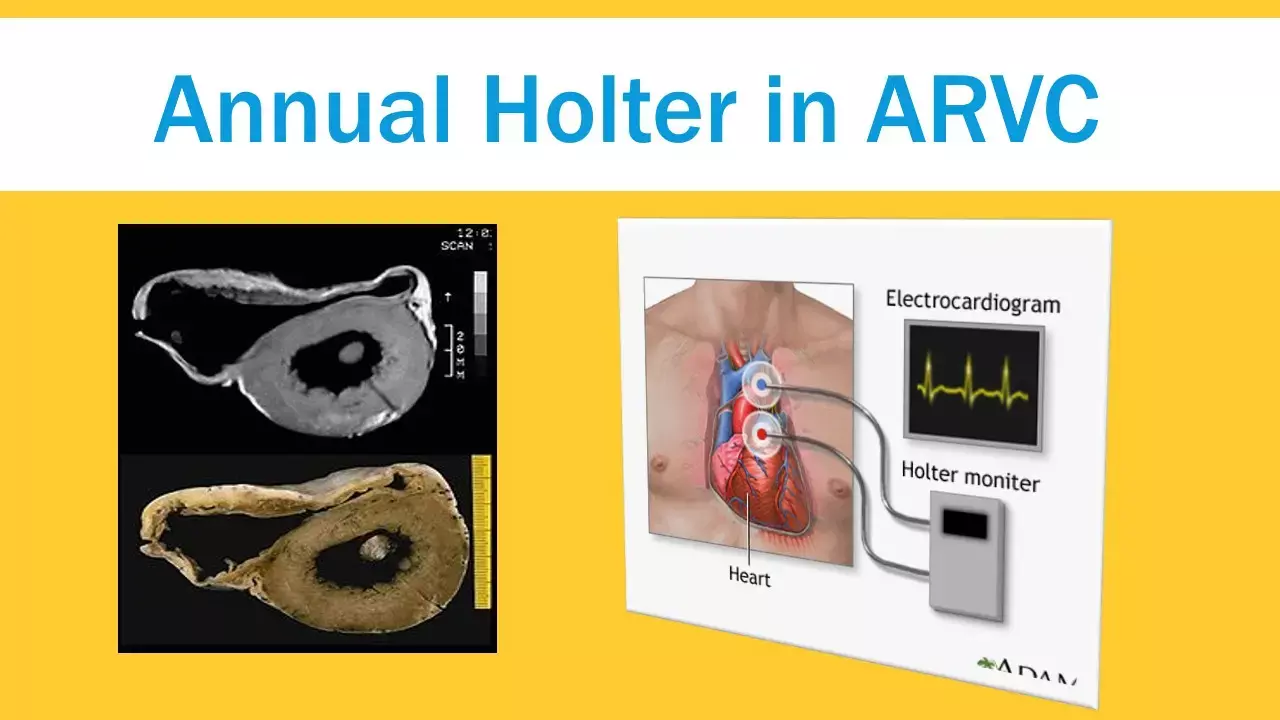- Home
- Medical news & Guidelines
- Anesthesiology
- Cardiology and CTVS
- Critical Care
- Dentistry
- Dermatology
- Diabetes and Endocrinology
- ENT
- Gastroenterology
- Medicine
- Nephrology
- Neurology
- Obstretics-Gynaecology
- Oncology
- Ophthalmology
- Orthopaedics
- Pediatrics-Neonatology
- Psychiatry
- Pulmonology
- Radiology
- Surgery
- Urology
- Laboratory Medicine
- Diet
- Nursing
- Paramedical
- Physiotherapy
- Health news
- Fact Check
- Bone Health Fact Check
- Brain Health Fact Check
- Cancer Related Fact Check
- Child Care Fact Check
- Dental and oral health fact check
- Diabetes and metabolic health fact check
- Diet and Nutrition Fact Check
- Eye and ENT Care Fact Check
- Fitness fact check
- Gut health fact check
- Heart health fact check
- Kidney health fact check
- Medical education fact check
- Men's health fact check
- Respiratory fact check
- Skin and hair care fact check
- Vaccine and Immunization fact check
- Women's health fact check
- AYUSH
- State News
- Andaman and Nicobar Islands
- Andhra Pradesh
- Arunachal Pradesh
- Assam
- Bihar
- Chandigarh
- Chattisgarh
- Dadra and Nagar Haveli
- Daman and Diu
- Delhi
- Goa
- Gujarat
- Haryana
- Himachal Pradesh
- Jammu & Kashmir
- Jharkhand
- Karnataka
- Kerala
- Ladakh
- Lakshadweep
- Madhya Pradesh
- Maharashtra
- Manipur
- Meghalaya
- Mizoram
- Nagaland
- Odisha
- Puducherry
- Punjab
- Rajasthan
- Sikkim
- Tamil Nadu
- Telangana
- Tripura
- Uttar Pradesh
- Uttrakhand
- West Bengal
- Medical Education
- Industry
Annual Holter monitoring helpful in future arrhythmia risk assessment in ARVC patients, JAMA

Findings on the Holter monitoring constitute one of the criteria for Arrhythmogenic right ventricular cardiomyopathy (ARVC) diagnosis. But is there a role of this non-invasive investigation in the prognostication and follow-up of such patients. Premature ventricular contractions (PVC) burden in ARVC varies with the disease course. Whether this variability in PVC burden translates to future arrhythmic events is unknown and so is the significance of an annual Holter monitoring protocol in these patients.
In this regard, Gasperetti et al in their latest research published in JAMA Cardiology have shown that a follow-up strategy using yearly Holter monitoring can be used to dynamically assess the arrhythmic risk of patients with ARVC.
A high burden of premature ventricular contractions (PVCs) at disease diagnosis has been associated with an overall higher risk of ventricular arrhythmias in arrhythmogenic right ventricular cardiomyopathy (ARVC). Thus, the authors sought (1) to describe changes in PVC burden over time in patients with ARVC after disease diagnosis and (2) to determine whether a changing PVC burden on follow-up Holter monitoring is associated with subsequent arrhythmic events.
In this cohort study, patients with a definite ARVC diagnosis, available Holter monitoring results at disease diagnosis, and at least 2 additional results of Holter monitoring during follow-up were enrolled.
The association between prespecified variables retrieved at each Holter monitoring follow-up (ie, overall PVC burden; presence of sudden PVC spikes, defined as absolute increase in PVC burden ≥5000 per 24 hours or a relative ≥75% increase, with an absolute increase of ≥1000 PVCs; presence of nonsustained ventricular tachycardia [NSVT]; and use of β-blockers and class III antiarrhythmic drugs) and sustained ventricular arrhythmias occurring within 12 months after that Holter examination was assessed using a mixed logistical model.
Key findings of this study were:
1. A significant drop in the overall 24-hour PVC burden within the first 12 months of follow-up from disease diagnosis was observed in most of the patients with ARVC.
2. Although the overall PVC burden remained generally stable during the remaining follow-up, the occurrence of sudden, self-limiting increases in PVCs (PVC spikes) at individual Holter examinations was present in approximately one-third of patients.
3. For each Holter examination, both absolute 24-hour PVC burden and presence of PVC spike or NSVT were strongly associated with the occurrence of sustained ventricular arrhythmias in the subsequent 12 months.
How can these findings impact our clinical practice?
These results suggest serial Holter monitoring is an effective and accessible strategy that should be considered for dynamic arrhythmia risk assessment and management in patients with ARVC.
"A strategy using yearly Holter monitoring to dynamically assess the individual patient arrhythmic risk profile at follow-up may be an effective integration to the current risk stratification tools for arrhythmic risk in ARVC", concluded the authors.
Source: JAMA Cardiology: doi:10.1001/jamacardio.2021.6016
MBBS, MD , DM Cardiology
Dr Abhimanyu Uppal completed his M. B. B. S and M. D. in internal medicine from the SMS Medical College in Jaipur. He got selected for D. M. Cardiology course in the prestigious G. B. Pant Institute, New Delhi in 2017. After completing his D. M. Degree he continues to work as Post DM senior resident in G. B. pant hospital. He is actively involved in various research activities of the department and has assisted and performed a multitude of cardiac procedures under the guidance of esteemed faculty of this Institute. He can be contacted at editorial@medicaldialogues.in.
Dr Kamal Kant Kohli-MBBS, DTCD- a chest specialist with more than 30 years of practice and a flair for writing clinical articles, Dr Kamal Kant Kohli joined Medical Dialogues as a Chief Editor of Medical News. Besides writing articles, as an editor, he proofreads and verifies all the medical content published on Medical Dialogues including those coming from journals, studies,medical conferences,guidelines etc. Email: drkohli@medicaldialogues.in. Contact no. 011-43720751


